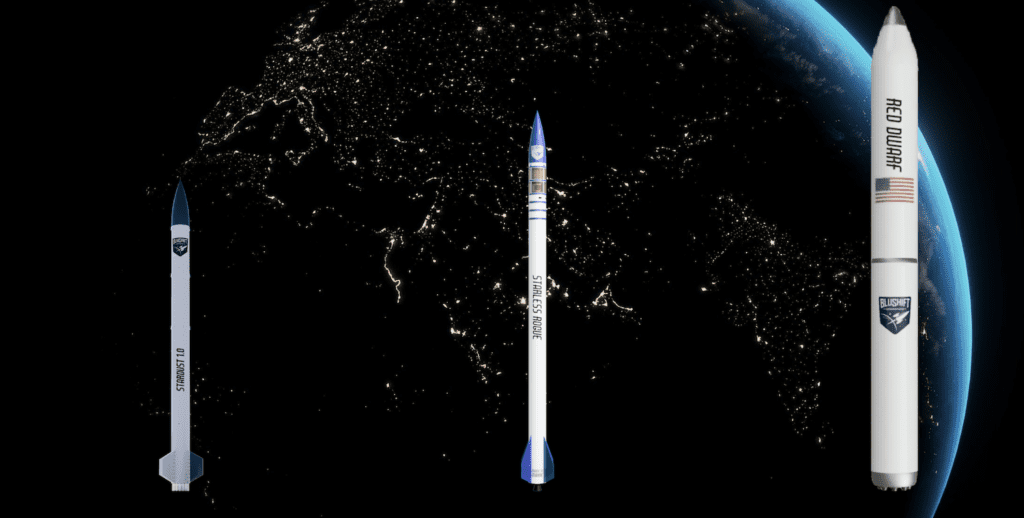In Episode 162 of the Disruptors for Good podcast, we speak with Sascha Deri, Founder and CEO of bluShift Aerospace, on empowering humanity’s access to explore and develop our economy to Space while safeguarding life on our home planet.
For more inspiring stories like blueShift, check out the Causeartist Disruptors for GOOD podcast.
As a direct response to the surging demand for launching objects into space, bluShift® is taking on an ambitious goal of reducing the sectors environmental impact.
With their bio-fueled hybrid rockets they are set to revolutionize access to outer space through frequent and affordable suborbital and orbital launches while simultaneously being mindful of our planet’s future!
The New Space Economy looks brighter than ever with these new developments over the next decade projected at nearly $28 billion in growth.

In 2021, blueShift launched Stardust to great success – now their sights are set on 2023 for suborbital launches and 2025 for low-Earth orbits!
With MAREVL™’s non-toxic fuel blend leading the charge, bluShift will revolutionize skyward trajectories while fostering an environmentally conscious future.
The bio fuel is also non-toxic, and the oxidizer is non-cryogenic. No hazardous materials means a safer and healthier team, and a rocket that will not poison the air, or the water when it splashes down.
A stable, renewable, non-toxic, non-cryogenic fuel reduces many of the costs associated with handling liquid rocket fuel or synthetic solid fuel.
BluShift has also succeeded in the commitment to perform most manufacturing in-house by using CNC milling machines and 3d printers, and manufacturing their own fuel grains.
In the long term, blueShift expects to save 60% of our manufacturing costs as a result.
The bluShift Rockets

The company currently has three rockets:
- Stardust – Basic testbed launch vehicle for experiments requiring subjection to the vibrations and accelerations of launch and parachute recovery.
- Starless Rogue – A state-of-the-art launch vehicle to suborbital space, providing 6-8 minutes in zero gravity. Low launch accelerations and no spin stabilization makes Starless Rogue an ideal vehicle for research and science payloads needing exposure to space.
- Red Dwarf – Red Dwarf is a low-Earth orbit (LEO) launch vehicle tailored to meet the needs of the smallsat launch community. Designed to launch 100 kg, Red Dwarf can be used to provide dedicated launch services for one or two smallsats. Low launch accelerations (<5 g) make the experience ideal for fragile payloads.







